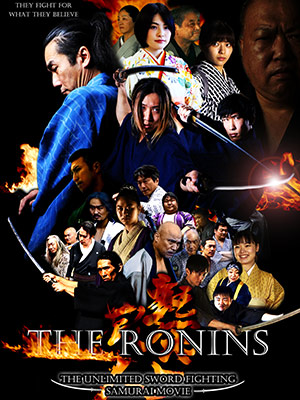Kenninji is a temple of the Zen sect, one of the main branches of Japanese Buddhism. Buddhism, founded approximately 2,500 years ago in India by Shakyamuni Buddha, teaches that the inherent suffering of life can be transcended through equanimity, wisdom, and compassion.
The Zen sect, dating back to sixth-century China, seeks the realization of this ideal through a strict training system stressing work and meditation. At present, there are three branches of Zen in Japan - the Rinzai Soutou and Oubaku schools. Kenninji belongs to the Rinzai tradition. The temple was founded in 1202 by the priest Yousai (1141-1215).
Yusai
Yousai, the founder of Kenninji, was ordained at age fourteen and entered the major monastic center on Mt. Hiei to study under the Tendai tradition. He made the voyage to China twice during his lifetime, the first time to pursue Tendai studies and the second time with an intention to reach India.
His voyage to India was unrealized because of unstable conditions in Central Asia at the time; however, he was able to come into contact with the Zen sect, which was at its height in China. Yousai is known for introducing the Zen sect and the tradition of drinking tea into Japan. He is recognized as the founder of the tea ceremony because of his efforts to encourage the cultivation and consumption of tea.
Fujin (wind god) and Raijin (thunder god) by Tawaraya Sotatsu in Edo period.
This distinctive mark of Kenninji - the images of the wind and thunder gods - is often considered the quintessence of Sotatsu's work. It is the national treasure.
Chouontei Garden
The Chouontei “the garden of the sound of the tide” is a simple and refined Zen garden nestled behind the main building of the Kenninji Temple. The garden's San-zon-seki, a set of 3 stones that represent Buddha and 2 Zen monks, Zazen-seki, a stone for seated meditation, and maple trees are all placed to afford the visitor a beautiful view from each direction.
Hattou, Dharma Hall
Built in 1765 (2nd year of Meiwa Era). The “Nenge-dou” hall is also used as the main hall of the Zen temple. This impressive Zenshustyle Zen Buddhist temple is comprised of 5 bays x 4 bays separated by single walls, and with a pent roof.
The front-facing altar enshrines a seated image of Shakyamuni Tathagata and attendant statues of the Buddhist priests Mahakasyapa and Ananda.
(reference: Official Web site)
Official Web site :http://www.kenninji.jp/english/index.html






